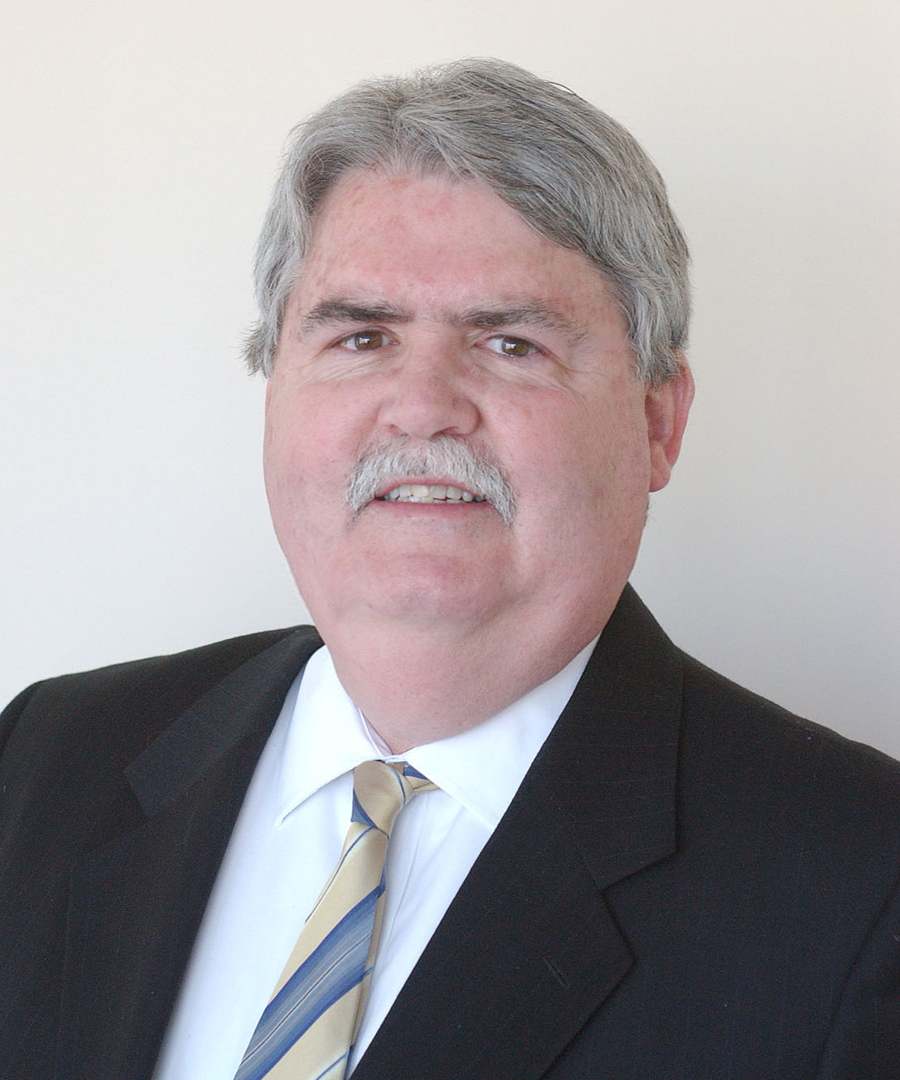A blockbuster decision, of sorts, emerged quietly from the Appellate Division (Second Department) last week. In it, the appellate court evaluated a jury verdict designed to compensate for 11 months of injuries between the time of malpractice and death. And part of that decision was $1,000,000 for loss of consortium to the husband. (A derivative claim also called “loss of services.”)
This medical malpractice case concerned allegations of brain damage and death caused by the mistreatment of pancreatitis in Theresa Capwell at Westchester Medical Center and mismanagement of her respiratory condition. This led to brain damage and, ultimately, to the filing of this suit. The details are covered more thoroughly by John Hochfelder, who dug out the details that are completely missing from the appellate decision (see Capwell v.Muslim).
The jury returned a verdict of $3,000,000 for the pain and suffering of Ms. Capwell, a striking amount for 11 months of pain and the fact that at least part of the time Ms. Capwell was in a persistent vegetative state. That is important because in New York, one must have some conscious ability to appreciate the pain one was in for a jury to render compensation. It’s unclear how much of the time she had a level of awareness, based on the write up, but that isn’t the reason I write.
Rather, the reason I write is the award for loss of consortium to the husband for $4,000,000 by the jury that was reduced by the trial court to $1,000,000 (see How New York Caps Personal Injury Damages). A million dollars for 11 months of loss of consortium?
Just to review, the loss of consortium claim belongs to the spouses of injured parties, and the jury awards damages if the are also awarding to the injured spouse. That amount is sometimes not large, in part because the jury is looking at far greater damage to the one with the physical injuries. In fact, in some cases, lawyers don’t even bother to make the claim as it is sometimes too small to bother with the time needed (and risks involved) in litigating it.
But, if it is brought, these are the items of damage that the jury evaluates, to evaluate “pecuniary loss.” This comes from the charge the judge gives to the jury.
In deciding the amount of such damages, you may take into consideration the nature and extent of the (husband’s, wife’s) services and society before the injury, including (his, her) disposition, temperament, character and attainments; the interest (he, she) showed in (his, her) home; the social life of (his, her) family and in the comfort, happiness, education and general welfare of the members of the family; the services (he, she) rendered in superintending the household, training the children, assisting (his, her) spouse in the management of the business or affairs in which the spouse was engaged, if any; (his, her) acts of affection, love and sexual intercourse and the extent to which the injuries (he, she) sustained prevented (him, her) from performing such services and providing such society. You will award plaintiff (husband, wife) such an amount based upon the evidence and upon your own observation, experience and knowledge conscientiously applied to the facts and circumstances as in your judgment will compensate (him, her) for the pecuniary loss that you find (he, she) has sustained and is reasonably certain to sustain in the future by reason of (his, her) spouse’s inability to perform such services and provide such society as a result of (his, her) injuries.
So where did the million dollar compensation come from? Well, according to Hochfelder, the husband was the family breadwinner, and:
After the malpractice, for 11 months, their entire relationship consisted of his visiting her in the hospital, touching her face and kissing her in an effort to relax her, playing her favorite television shows and watching her deteriorate and die.
There is an interesting lower court decision that addresses this subject; one of the very few in New York to do so (Zavaglia v. Sarah Neuman Center for Healthcare and Rehabilitation). It comes out of Westchester County by Justice Alan Scheinkman, who is now the county’s Administrative Judge. (The Capwell case was heard by Justice Nicholas Colabella, also in Westchester.) In Zavaglia, Justice Scheinkman held that when a spouse cares for his or her mate by providing the services that a home health aide might, that this is compensable the same way funds spent for that purpose would be recoverable.
That case isn’t cited in the appellate decision, or in the decision from the court below, but it would seem that the analysis would have played one part in evaluating the loss of services claim. (There are, of course, other components listed above.)
With this million dollar award, out of a traditionally conservative Second Department, it seems that litigants who have real loss of service issues might do well to work that part of the case up more than they had in the past.




